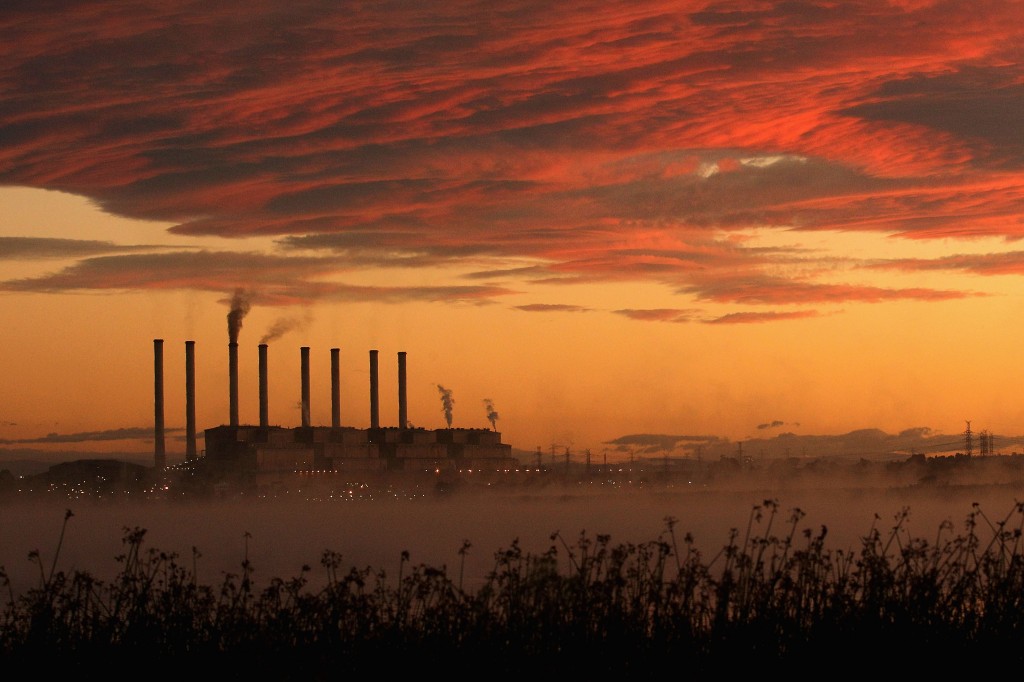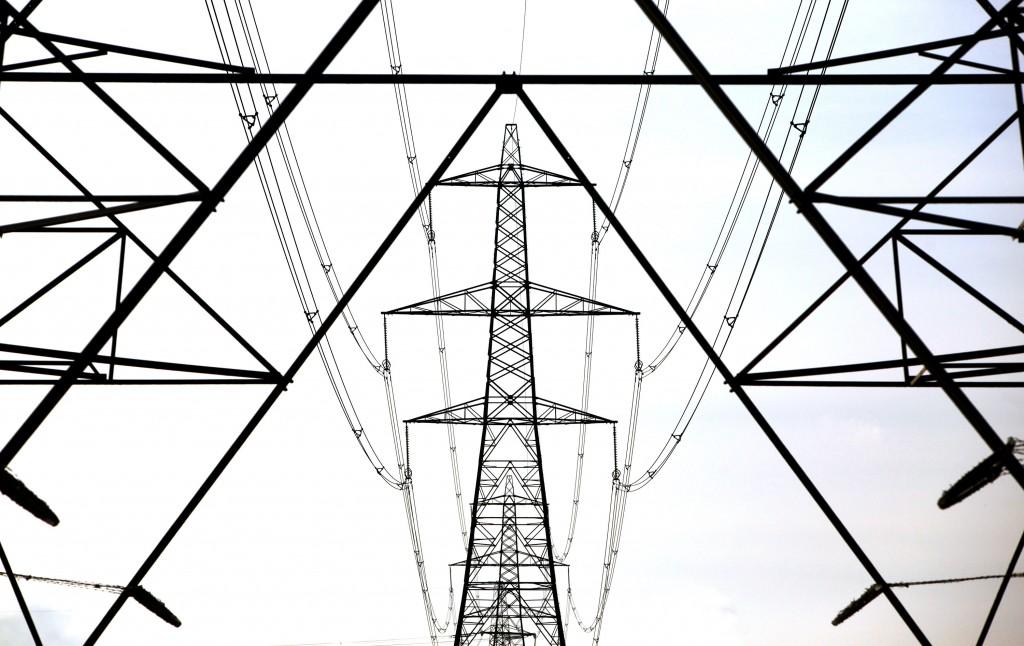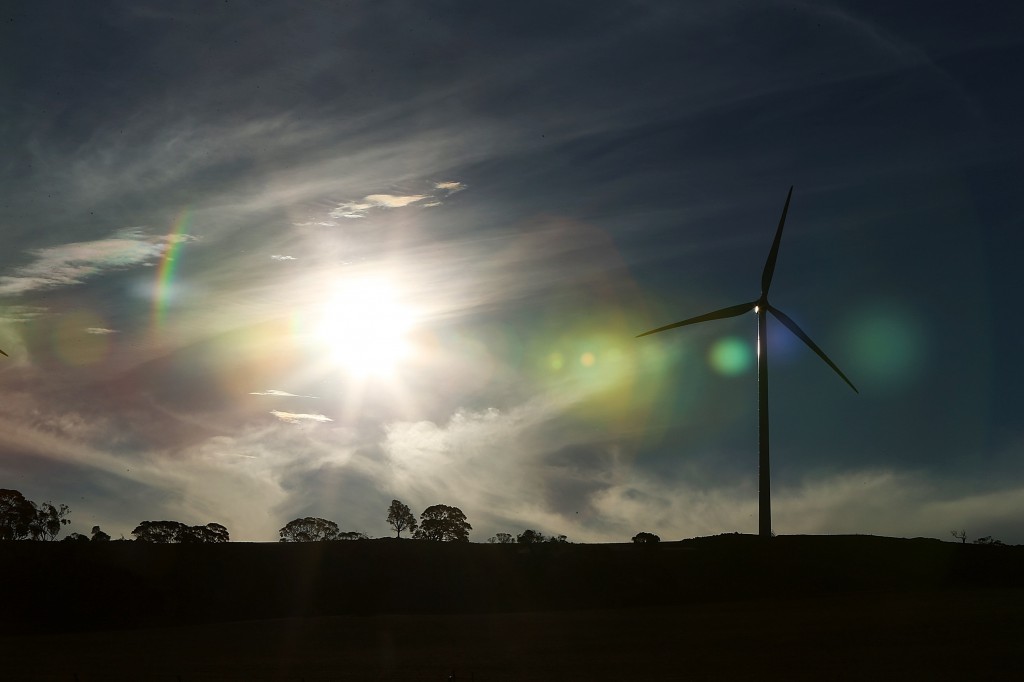By: Kenneth Gillingham, assistant professor of economics at Yale University’s School of Forest & Environmental Studies, David Rapson, assistant professor of economics at the University of California, Davis, and Gernot Wagner, lead senior economist at EDF The rebound effect from improving energy efficiency has been widely discussed—from the pages of the New York Times and New Yorker to the halls of policy and… Keep reading →
Consumption
Reconsidering the Rebound Effect
By Environmental Defense Fund Energy Exchange BlogSign up and get Breaking Energy news in your inbox.
We will never sell or share your information without your consent. See our privacy policy.Top 8 Things You Didn’t Know About Daylight Saving Time
By US Department of Energy8. This Sunday, people across the country will set their clocks forward an hour, marking the start to Daylight Saving Time. But it hasn’t always happened on the second Sunday in March. The Energy Policy Act of 2005, which was implemented in 2007, added four weeks to Daylight Saving Time by changing it to start… Keep reading →
EIA Projects Strong Growth in U.S. Oil and Natural Gas Production
By Energy Solutions ForumEIA’s latest Annual Energy Outlook (AEO) projects a 56 percent increase in natural gas production by 2040, overtaking coal as the largest share of U.S. electric power generation. On December 16, 2013, the Energy Information Administration (EIA) released the AEO 2014 Early Release Overview presenting updated projections for U.S. energy markets through 2040. The AEO… Keep reading →
Opinions vary on how serious are the challenges facing the industry. For some time now, everybody and his brother, as the saying goes, is talking about the rapid changes taking place within the electric power sector and the potential impact of these on the future of the industry. This newsletter has had its own share… Keep reading →
The U.S. ranks 5th out of 13 heavily oil-dependent countries that are highly vulnerable to global oil price fluctuations. On October 14, 2013, Securing America’s Future Energy and Roubini Global Economics released the Oil Security Index, which assesses the relative oil security of 13 countries including the U.S. The report emphasizes the need for active measures… Keep reading →
Energy efficiency can make as meaningful a contribution to energy market supply as fuels such as oil and coal, according to the International Energy Agency’s first-ever Energy Efficiency Market Report , released today. “We must change the way we think about energy efficiency. We need to start considering it a fuel, alongside oil, gas, coal or… Keep reading →
The ongoing controversy over the proposed Keystone XL Pipeline linking Alberta’s oil sands to US markets covers a vast amount of factual territory, from refinery configuration to logistics to international crude oil trading to carbon dioxide emissions. But at times, all of these issues take a back seat to the emotional, or symbolic, component of… Keep reading →
WASHINGTON: Budget crunch be damned, the Defense Department’s effort to get more energy-efficient is still in business, said the assistant secretary in charge. Even without the free-flowing supplemental funds and the flexibility of the “rapid equipping” initiatives that allowed for speedy spending at the height of Afghanistan and Iraq, the Pentagon is still trying to reduce its… Keep reading →
The Atlantic has published a six-video series in an attempt to shed light on how the US produces and uses energy. The written overview pieces are sort of light on the more technical aspects of production and consumption, but one of them links to a really nice infographic over at Grist, which was put together by the… Keep reading →
Wind energy became the largest source of new US electricity generation capacity in the US last year, accounting for well over a third of capacity additions, according to reports released today by the Department of Energy. “Wind energy is now the fastest growing source of power in the United States – representing 43 percent of… Keep reading →










